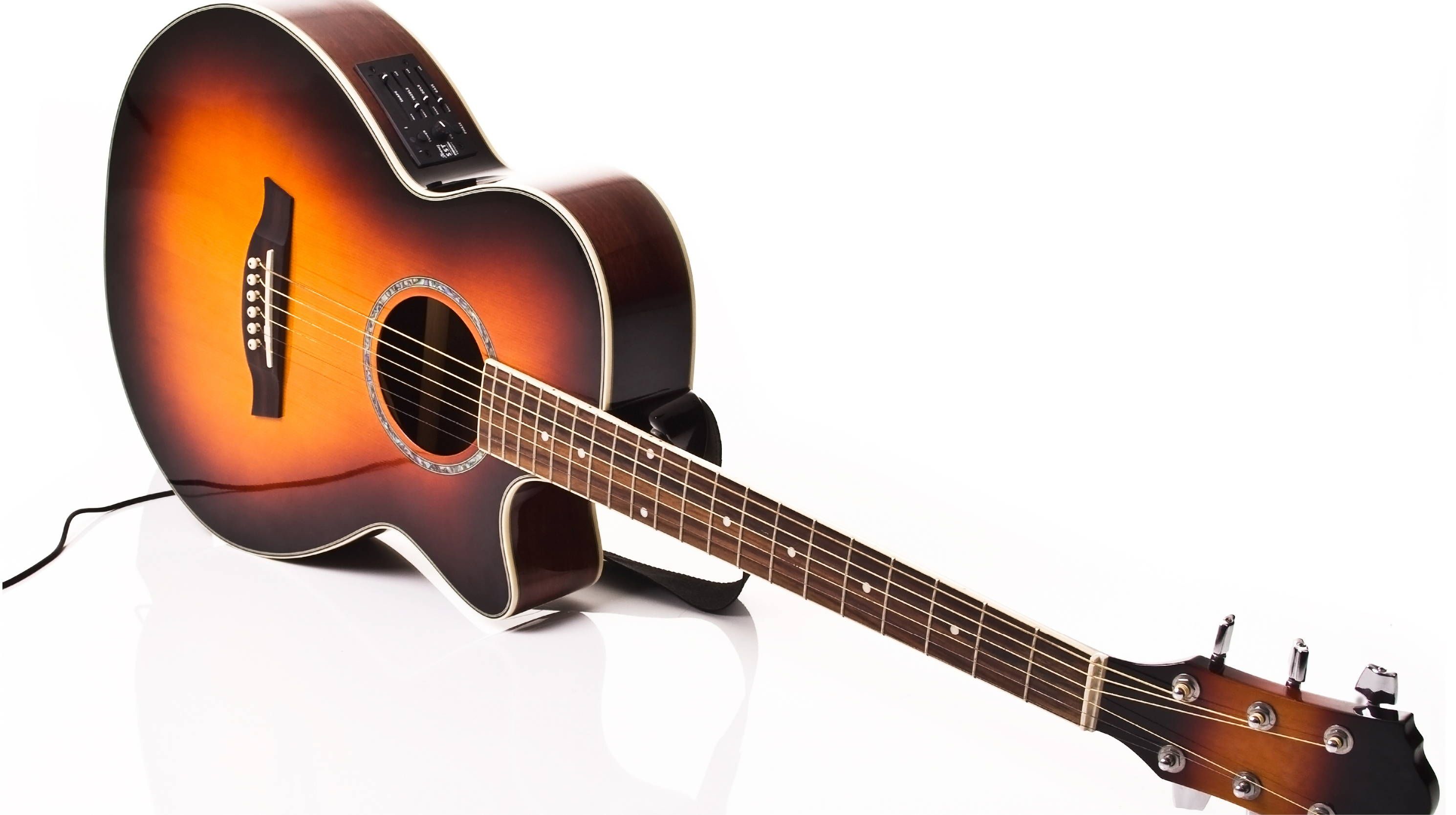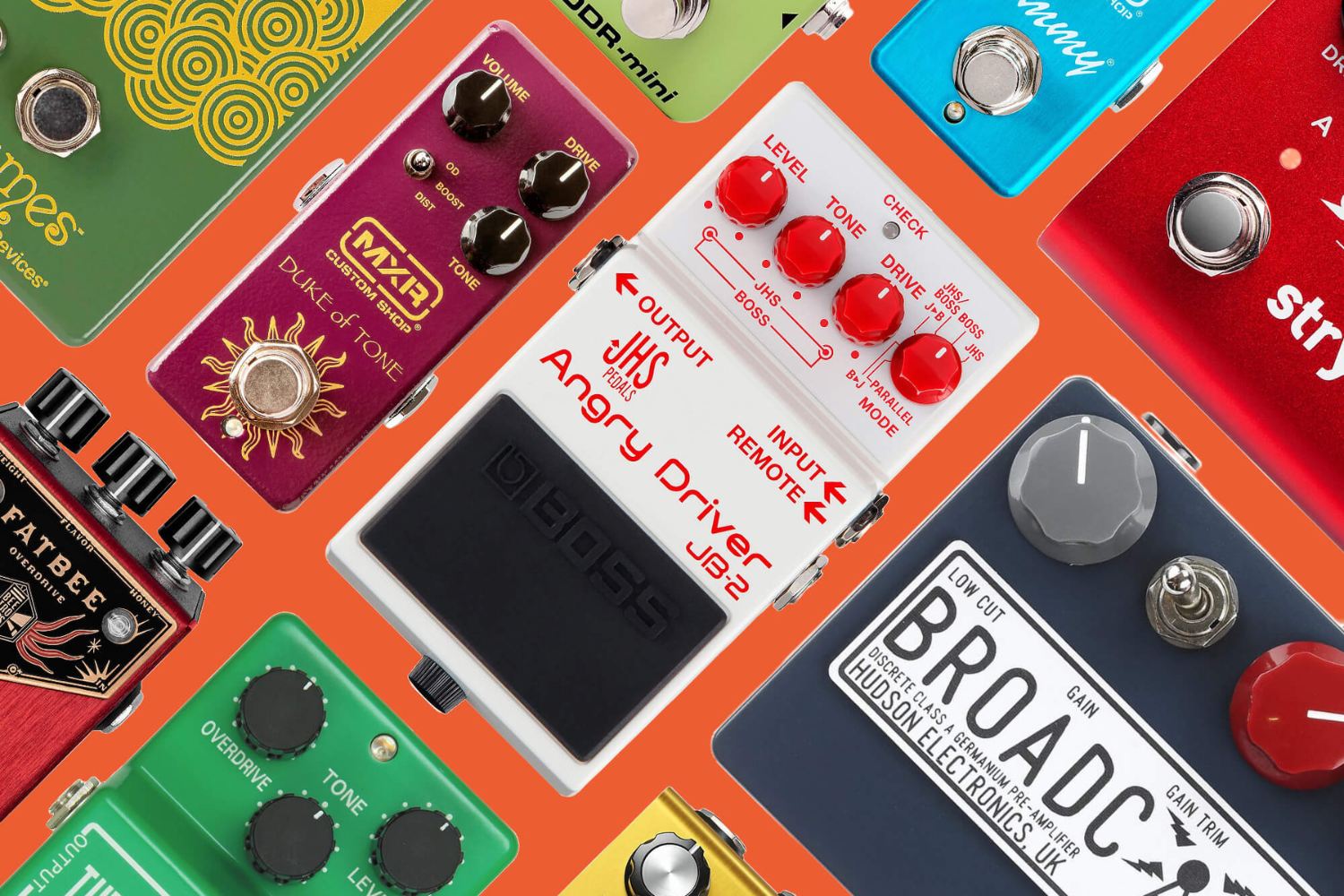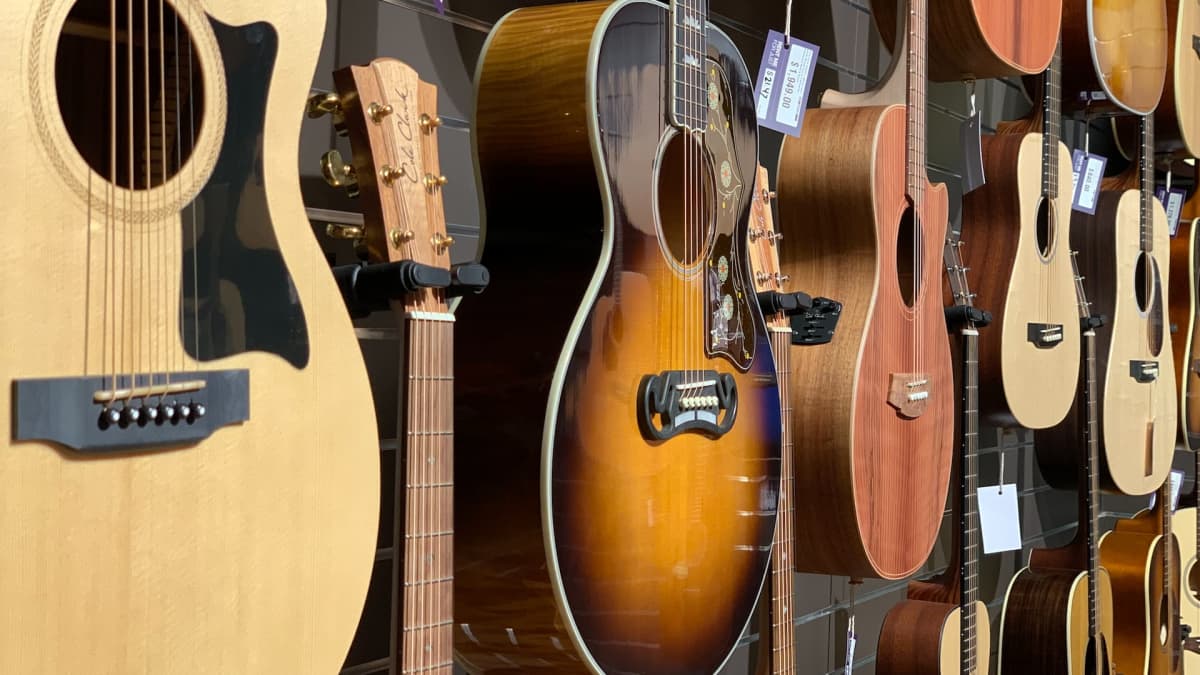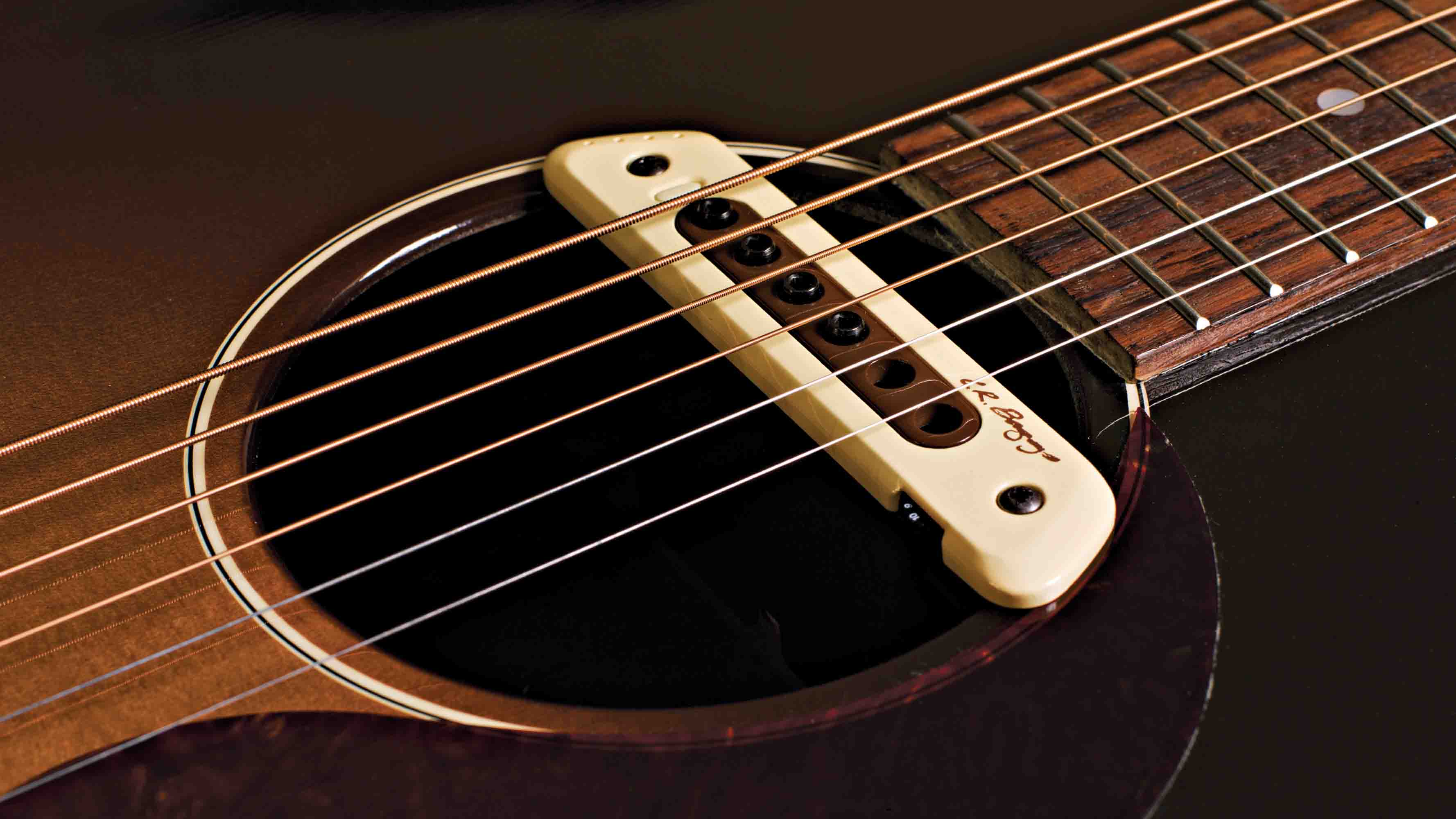Introduction
Welcome to the world of music and technology, where the traditional meets the modern. The electric acoustic guitar represents a harmonious fusion of the classic acoustic guitar and the electrifying capabilities of an electric guitar. This instrument has captured the hearts of musicians and enthusiasts alike, offering a versatile and dynamic playing experience.
The electric acoustic guitar, often referred to as an electro-acoustic or semi-acoustic guitar, combines the acoustic resonance of a traditional guitar with the amplified sound and potential for effects that come with an electric guitar. This amalgamation of acoustic and electric features opens up a realm of possibilities for musicians, allowing them to explore a diverse range of sounds and styles.
Whether you are a seasoned guitarist or a budding musician, understanding the nuances of the electric acoustic guitar can significantly enhance your musical journey. From its construction and functionality to the unique tonal qualities it produces, delving into the world of electric acoustic guitars unveils a myriad of captivating elements.
In the following sections, we will embark on a comprehensive exploration of the electric acoustic guitar, shedding light on its inner workings, differences from traditional acoustic guitars, advantages, and potential considerations when selecting the right one for your musical aspirations. By the end of this journey, you will have gained valuable insights into this exceptional instrument, empowering you to make informed decisions and fully appreciate the artistry and innovation it embodies. So, let's dive into the fascinating realm of electric acoustic guitars and unlock the magic they hold within their strings.
What is an Electric Acoustic Guitar?
An electric acoustic guitar is a versatile musical instrument that combines the acoustic properties of a traditional guitar with the amplified capabilities of an electric guitar. Unlike a standard acoustic guitar, an electric acoustic guitar is equipped with built-in electronics, such as pickups and preamps, allowing it to be connected to an amplifier or sound system for amplified performance. This hybrid design enables the instrument to produce both acoustic sound, suitable for intimate solo performances, and electrified sound, ideal for larger venues and studio recordings.
At its core, an electric acoustic guitar features the familiar shape and construction of an acoustic instrument, including a hollow or semi-hollow body, soundhole, and fretted neck. However, it is enhanced with electronic components that capture the vibrations of the strings and convert them into electrical signals, which can then be processed and amplified. This seamless integration of acoustic tradition and modern technology makes the electric acoustic guitar a highly adaptable and expressive instrument for musicians across various genres.
One of the defining features of an electric acoustic guitar is its ability to produce acoustic sound without the need for external amplification, making it a practical choice for both unplugged and amplified performances. This versatility makes it a popular option for musicians who require a single instrument that can cater to different playing environments and musical styles. Whether strummed gently in an acoustic setting or plugged into a powerful amplifier for a rock concert, the electric acoustic guitar offers a harmonious blend of acoustic warmth and electric versatility.
Furthermore, electric acoustic guitars often incorporate onboard controls for adjusting volume, tone, and sometimes built-in tuners, providing added convenience and flexibility to performers. The inclusion of these features eliminates the need for external microphones or additional equipment, streamlining the setup process and enhancing the overall playing experience.
Overall, the electric acoustic guitar stands as a testament to the ingenuity of instrument design, seamlessly merging the timeless appeal of acoustic guitars with the contemporary demands of amplified performances and recording sessions. Its multifaceted nature and adaptability make it a valuable asset for musicians seeking a balanced and dynamic instrument that can effortlessly transition between acoustic intimacy and electrified grandeur.
How Does an Electric Acoustic Guitar Work?
Understanding the inner workings of an electric acoustic guitar unveils the seamless integration of acoustic and electric components that define its functionality. At its core, an electric acoustic guitar operates on the principle of transducing the mechanical vibrations of the strings into electrical signals, which can then be amplified and manipulated to produce a diverse range of sounds.
The key components that enable an electric acoustic guitar to work its magic include pickups, preamps, and output jacks. Pickups, typically located under the strings near the soundhole or within the body of the guitar, serve as the primary transducers, converting the string vibrations into electrical signals. These signals are then conveyed to the preamp, a built-in electronic circuit that processes and shapes the raw pickup signals, allowing for adjustments to volume, tone, and equalization.
Once the signals are refined by the preamp, they are channeled to the output jack, which serves as the connection point for cables leading to amplifiers, mixers, or sound systems. This enables the electrical signals to be amplified and projected through speakers, effectively translating the acoustic resonance of the guitar into a powerful and expansive sound that can fill concert halls and recording studios.
When played unplugged, an electric acoustic guitar functions akin to a traditional acoustic guitar, producing sound solely through the natural resonance of the strings and body. However, when connected to an amplifier or sound system, the instrument harnesses the capabilities of its electronic components to deliver a heightened and electrified performance, offering greater projection, tonal control, and potential for effects such as reverb and chorus.
Furthermore, many electric acoustic guitars feature onboard controls that allow performers to adjust volume, tone, and sometimes even incorporate built-in tuners, providing added convenience and versatility during live performances and recording sessions. This integration of electronic controls directly into the instrument streamlines the process of shaping and refining the sound, empowering musicians to tailor their sonic expression with ease.
Overall, the intricate interplay between acoustic resonance and electronic amplification lies at the heart of how an electric acoustic guitar operates. This harmonious fusion of traditional craftsmanship and modern technology enables the instrument to cater to a wide spectrum of musical styles and performance settings, making it a valuable and adaptable tool for musicians seeking sonic diversity and expressive capabilities.
Differences Between Electric Acoustic and Traditional Acoustic Guitars
While both electric acoustic and traditional acoustic guitars share the fundamental characteristics of a hollow or semi-hollow body, a soundhole, and six strings, they diverge in several key aspects, resulting in distinct playing experiences and sonic capabilities.
- Amplification: The most apparent dissimilarity lies in the amplification capabilities of the two guitar types. Traditional acoustic guitars rely solely on the natural resonance of the instrument to produce sound, making them suitable for intimate acoustic performances but limiting their projection in larger venues. In contrast, electric acoustic guitars feature built-in pickups and electronics, allowing them to be connected to amplifiers and sound systems for enhanced volume and projection, making them suitable for a broader range of performance settings.
- Tonal Versatility: Electric acoustic guitars offer a broader tonal palette compared to traditional acoustic guitars. The inclusion of pickups and preamps enables players to manipulate their sound, adjust tone and volume, and even incorporate effects, expanding the sonic possibilities of the instrument beyond the acoustic realm. This versatility makes electric acoustic guitars well-suited for genres that demand a diverse range of tones and effects.
- Playability: The playability of electric acoustic and traditional acoustic guitars can differ due to their construction and electronic components. Electric acoustic guitars may have slightly different neck profiles or body shapes to accommodate the inclusion of electronics, influencing the feel and playability of the instrument. Additionally, the amplified sound of electric acoustic guitars can impact the dynamics and responsiveness of the strings, influencing the overall playing experience.
- Convenience: Electric acoustic guitars often feature onboard controls for volume, tone, and sometimes built-in tuners, offering added convenience for performers. This eliminates the need for external microphones or additional equipment, streamlining the setup process and enhancing the overall playing experience, especially in live performance scenarios.
While traditional acoustic guitars exude a timeless charm and are cherished for their organic, unplugged sound, electric acoustic guitars embody adaptability and versatility, catering to the demands of modern music production and live performances. Both instruments hold their distinct allure and serve different musical purposes, appealing to musicians based on their stylistic preferences and performance requirements.
By recognizing and appreciating the differences between electric acoustic and traditional acoustic guitars, musicians can make informed choices based on their artistic vision, playing environments, and sonic aspirations, ensuring that their chosen instrument aligns harmoniously with their musical journey.
Pros and Cons of Electric Acoustic Guitars
Electric acoustic guitars offer a blend of acoustic authenticity and electric versatility, presenting musicians with a diverse array of advantages and considerations that shape their appeal and functionality.
Pros:
- Versatility: Electric acoustic guitars excel in versatility, seamlessly transitioning between unplugged acoustic performances and amplified settings. This adaptability makes them suitable for a wide range of musical genres and performance environments, from intimate coffeehouse gigs to large concert stages.
- Amplified Sound: The built-in electronics of electric acoustic guitars allow for amplified sound projection, making them ideal for live performances and studio recordings. The ability to connect to amplifiers and sound systems enhances their volume and presence, ensuring that the instrument can be heard clearly in diverse musical settings.
- Tonal Control: Electric acoustic guitars often feature onboard controls for volume, tone, and sometimes built-in tuners, providing musicians with convenient tools to shape their sound and adjust tonal characteristics on the fly. This level of control empowers performers to tailor their sonic expression to suit specific songs and performance dynamics.
- Effects Integration: Many electric acoustic guitars can accommodate effects pedals and processors, expanding the sonic possibilities for musicians. From reverb and chorus to more intricate effects, the integration of effects pedals allows players to experiment with different sounds and textures, adding depth and creativity to their musical expression.
- Convenience: The inclusion of onboard electronics and controls eliminates the need for external microphones or additional equipment, streamlining the setup process for performers. This added convenience simplifies the logistics of live performances and recording sessions, allowing musicians to focus on their craft without the hassle of extensive gear setup.
Cons:
- Dependency on Electronics: Electric acoustic guitars rely on electronic components for amplification and tonal shaping, making them susceptible to technical issues or dependency on power sources. In situations where electronic malfunctions occur or power sources are limited, the instrument’s amplified capabilities may be compromised.
- Playability Differences: The inclusion of electronics and onboard controls can slightly alter the feel and playability of electric acoustic guitars compared to traditional acoustic instruments. Musicians accustomed to the natural, unplugged feel of traditional acoustics may need time to adjust to the nuances of electric acoustic guitars.
- Cost: Electric acoustic guitars, due to their integrated electronics and additional features, may come with a higher price tag compared to traditional acoustic guitars. This cost consideration is an important factor for musicians seeking an instrument that aligns with their budget and desired features.
By weighing the pros and cons of electric acoustic guitars, musicians can make informed decisions based on their performance needs, stylistic preferences, and practical considerations. While electric acoustic guitars offer a wealth of advantages in terms of versatility and sonic control, they also come with potential trade-offs that warrant careful consideration in the pursuit of musical excellence.
How to Choose the Right Electric Acoustic Guitar for You
When selecting an electric acoustic guitar, several factors come into play to ensure that the chosen instrument aligns harmoniously with your musical aspirations and playing preferences. By considering these essential elements, you can make an informed decision that resonates with your artistic vision and performance requirements.
Considerations for Choosing an Electric Acoustic Guitar:
- Playing Style and Genre: Evaluate the musical genres and playing styles you intend to explore with the electric acoustic guitar. Different models may cater to specific genres, such as rock, jazz, folk, or blues, based on their tonal characteristics and playability. Consider the sonic traits that best complement your preferred musical repertoire.
- Amplification Needs: Assess your amplification requirements based on your performance settings. If you anticipate playing in larger venues or require amplified sound for studio recordings, prioritize electric acoustic guitars with robust pickup systems and onboard controls for tonal adjustments and effects integration.
- Comfort and Playability: Test the playability and ergonomics of various electric acoustic guitar models to find one that feels comfortable and responsive to your playing technique. Consider factors such as neck profile, body shape, and string action to ensure a seamless and enjoyable playing experience.
- Electronics and Controls: Explore the onboard electronics and controls offered by different electric acoustic guitars. Assess the presence of features such as built-in tuners, tone shaping controls, and compatibility with effects pedals to determine the level of sonic flexibility and convenience they provide.
- Build Quality and Materials: Examine the construction and materials used in the production of electric acoustic guitars. High-quality tonewoods, solid construction, and meticulous craftsmanship contribute to the instrument’s resonance, durability, and overall tonal character. Consider the impact of these factors on the instrument’s sonic performance and longevity.
- Budget and Value: Establish a realistic budget that aligns with your financial resources and desired features. While electric acoustic guitars vary in price, it is essential to strike a balance between your budget and the value offered by the instrument in terms of playability, tonal versatility, and build quality.
By carefully evaluating these considerations and, if possible, testing and comparing different electric acoustic guitar models, you can make an informed and personalized choice that reflects your musical identity and performance objectives. Whether you prioritize tonal flexibility, ergonomic design, or amplified capabilities, the right electric acoustic guitar will resonate with your artistic vision and empower you to unlock your full creative potential.
Conclusion
The electric acoustic guitar stands as a testament to the harmonious convergence of tradition and innovation, blending the organic resonance of acoustic instruments with the electrifying capabilities of modern technology. This versatile instrument offers musicians a dynamic platform for sonic exploration, seamlessly transitioning between intimate unplugged performances and electrified settings with amplified presence and tonal control.
Through the integration of pickups, preamps, and onboard controls, electric acoustic guitars empower performers to shape their sound, adapt to diverse musical genres, and engage with audiences in a myriad of performance environments. The instrument’s ability to accommodate effects pedals and processors further expands its sonic horizons, inviting musicians to experiment with textures and tonal nuances that enrich their musical expression.
While electric acoustic guitars present musicians with amplified potential and tonal versatility, they also come with considerations such as playability differences, dependency on electronics, and budgetary factors. By carefully weighing the pros and cons of these instruments and considering essential factors such as playing style, amplification needs, and build quality, musicians can make informed decisions that align with their artistic vision and practical requirements.
Ultimately, the journey of choosing the right electric acoustic guitar is a deeply personal and rewarding experience, guided by the pursuit of sonic excellence and musical fulfillment. Whether seeking an instrument for captivating live performances, studio recordings, or intimate acoustic sessions, the electric acoustic guitar stands as a steadfast companion, offering a symphony of possibilities to musicians across the musical spectrum.
As musicians embark on their quest for the perfect electric acoustic guitar, they are invited to explore the instrument’s rich heritage, technological innovations, and sonic potential, embracing the artistry and versatility that define this extraordinary musical companion.

























